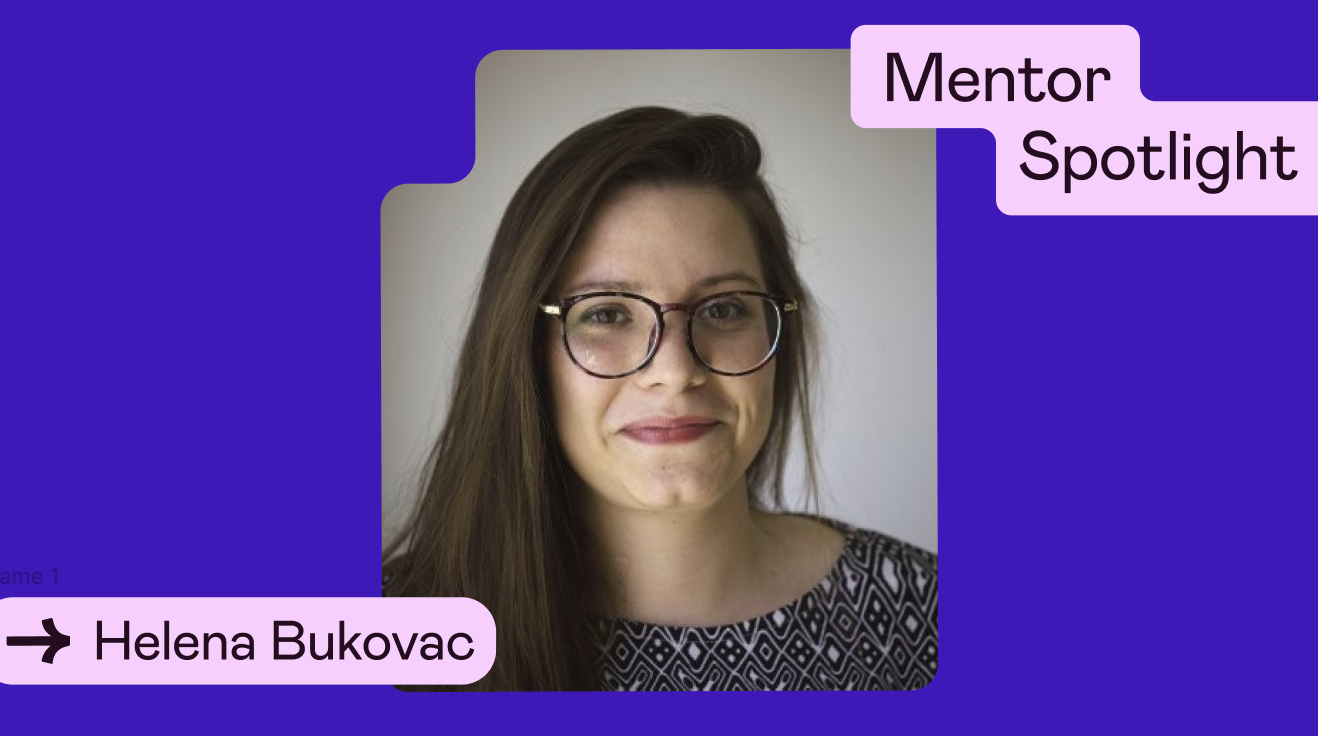It was curiosity—and potentially the promise of a new computer—that initially drew Patrick Multani to design...but it hasn’t been products that have kept him interested in the field. Instead, it’s the opposite. Patrick loves how design can inspire ideas and create change. He’s working to help rethink and shape the future of education—and serving as a mentor and community lead with Designlab is part of his journey.
Meet Patrick
For Patrick Multani, education and design have always been intertwined. As a middle school student in Germany, Patrick’s friends received computers after completing internships at a local digital agency. With their new computers, Patrick’s friends were editing photographs and making graphics. Patrick’s interest in design was piqued, and he enrolled in a specialized high school focused on media design.
When it came time to choose a major in college, Patrick studied industrial design for one year, but quickly realized it wasn’t the right fit. “Working in a workshop was something I didn’t expect.” Patrick wasn’t naturally drawn to working to make precise prototypes and learn the ins and outs of materials. He stumbled upon an informational meeting about concept design, which is “focused on human-centered design and design processes inspired by Stanford’s d.school.” It was the perfect area to explore his interests—design and education.
He worked with a company to produce a mobile education application for his thesis project. He was inspired by how education could look when “everyone had a mobile phone” globally and could easily share their knowledge. The company he partnered with loved his concept, but his professors, steeped in academia, were resistant to the reality of democratizing education.
Despite the radically different feedback, Patrick was hooked. He’s still working on educational applications. “I think it’s the best investment in the future,” he says, “It’s the reason I’m interested in Designlab.”
The Power of Rethinking Education
Since Patrick started mentoring in September 2014, he’s worked with over 100 Designlab students. He likes the “real life connection” that allows mentors and students to talk on Skype or Google Hangouts.
Patrick’s pedagogy is perfect for one-on-one conversations. He sees his role as a mentor as a “great opportunity to teach students to find what’s right and wrong themselves” about the design work they do. He asks his students lots of questions to help them think critically about their designs and arrive at their own answers. Before jumping in with feedback, he’ll ask questions that prompt students to view their work differently and “step back” from their work to see it in a more objective way. He calls his style a bit “abstract and conceptual.”
Patrick enjoys when developers take Designlab courses because “they come from a different perspective” than his background as a designer. When it comes to learning and applying typography and color, Patrick says, “It can be hard for developers because there is no step-by-step instruction.” So, Patrick tries to give students an example to follow with instructions as often as he can. When students learn about applying typography, he’ll ask them to follow certain size guidelines to help students see how typefaces work together. As developers complete the assignments, “they step out of their usual way of thinking,” which Patrick finds rewarding as a mentor. It’s about “giving people more confidence,” he says.
His favorite Design 101 assignment is teaching students about visual hierarchy. He helps students with this concept by narrowing their focus to just one design principle at a time. Patrick will review an assignment and ask students to remove all of the color so everything is black and white. His students start to focus on positioning instead of color. Once they discuss the positioning and tweak it, he’ll have students add the color back and see how their work has changed.
Years after his initial realization, Patrick sees design education finally starting to democratize, which is making it possible for a wider range of people to pursue design. He predicts that more and more people will switch careers to design through new methods—like taking online courses—and that their previous careers and skillsets will complement their view of design. “I think the T-shaped person is what we’ll see in the future.”
With this shift underway, he sees formal university degrees as less important as they once were. “It’s not about what kind of teachers or university you attend, but about finding and creating a network. Companies are more interested in what someone can do, and not what degrees they have.”
You can keep up with Patrick’s most recent work and ideas on Twitter and follow his student’s feedback on Designlab.



.svg)









.jpg)
.jpg)



